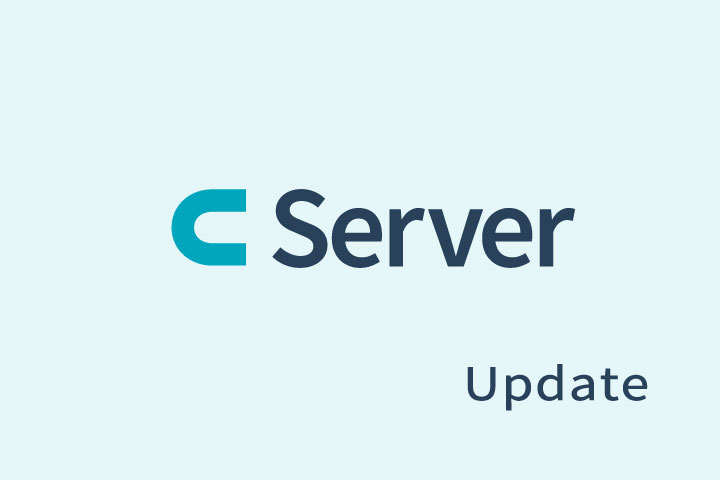Update 7.0.20 for Collax C-Server available
08.02.2018
and brings an upgrade of the QoS implementation for Collax Security Gateway and the Collax Net Security module.
Security Update for Collax Security Gateway, Business Server, Groupware Suite and Plattform Server
With version 7.0.20 Collax provides further security fixes against Spectre and other security vulnerabilities.
In the kernel the Initial Retpoline is implemented against Spectre Variant 2. In addition, current and patched versions of the virus scanner ClamAV 0.99.3, name server bind 9.9.11-P1 and the web server Apache are included. These close gaps to cross-site scripting, unauthorized zone transfers and DoS attacks.
» Collax Security Gateway Release-Notes 7.0.20
» Collax Business Server Release-Notes 7.0.20
» Collax Groupware Suite Release-Notes 7.0.20
» Collax Platform Server Release-Notes 7.0.20
» Heise Security
» Details über ClamAV 0.99.3
Upgrade of the QoS implementation for Collax Security Gateway and Collax Net Security module
With version 7.0.20 Collax introduces an upgrade for automatic Quality of Service (QoS) in order to optimally control network traffic in the infrastructure. The previous Traffic Shaping including settings will be removed.
The new QoS implementation is based on DSCP combined with intelligent queue management. This can prevent bufferbloat and automatically offers optimization of the entire network traffic through preset Per-Hop-Behaviour (PHB). For example, voice traffic is always automatically prioritized and bandwidth is reserved.
Compared to previous queue management systems, this QoS implementation consumes less CPU resources. At the same time, it also enables maximum saturation of network traffic compared to previous systems, even if the bandwidth is higher than 100 Mbps.
By default, network control via QoS can be switched on in a separate GUI form and activated by specifying the corresponding bandwidth.
Experts can use traffic policies to mark local network traffic or specific network traffic in the forward queue with DSCPs and thus control the quality of service. The behavior of the QoS implementation is illustrated by statistics graphs. Further information about the new QoS can be found in the release notes and in the help function of the products.
